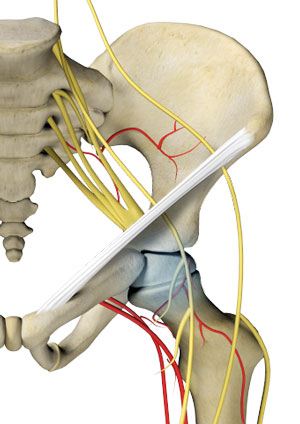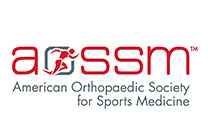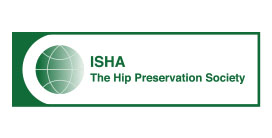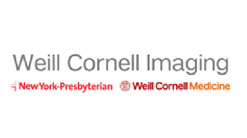
Avascular necrosis of the hip (AVN), also called osteonecrosis of the hip, occurs when the blood supply to a section of a hip bone is diminished or stopped. If the blood supply isn’t restored, the bone itself can die, leading to small breaks in the bone and its eventual collapse. When that happens, the head of the thigh bone won’t fit properly in the hip socket and can cause pain and other problems result.
Risk Groups for Osteonecrosis of the Hip
Avascular necrosis of the hip can happen to anyone who has a hip injury, especially if there’s been a dislocation or fracture of the hip.
Other than acute injury, people with an increased risk of developing avascular necrosis are:
- People who take corticosteroid medications
- Smokers
- People who abuse alcohol
- Patients with leukemia, lupus, HIV infection or sickle cell disease
Treatment for Avascular Necrosis of the Hip
The main goal of treating osteonecrosis of the hip is to regain adequate blood supply to the hip and prevent further deterioration. A few types of treatments can be considered to increase the blood supply to the hip, therefore preventing complete collapse and degradation. There are non-surgical treatments for this condition and the blood supply may be restored if the problem is caught early enough. Treatments include:
- Regenerative Injections
- Hip Arthroscopy
- Femoral Osteoplasty
If a more conservative procedure is not successful, hip replacement may be recommended.











